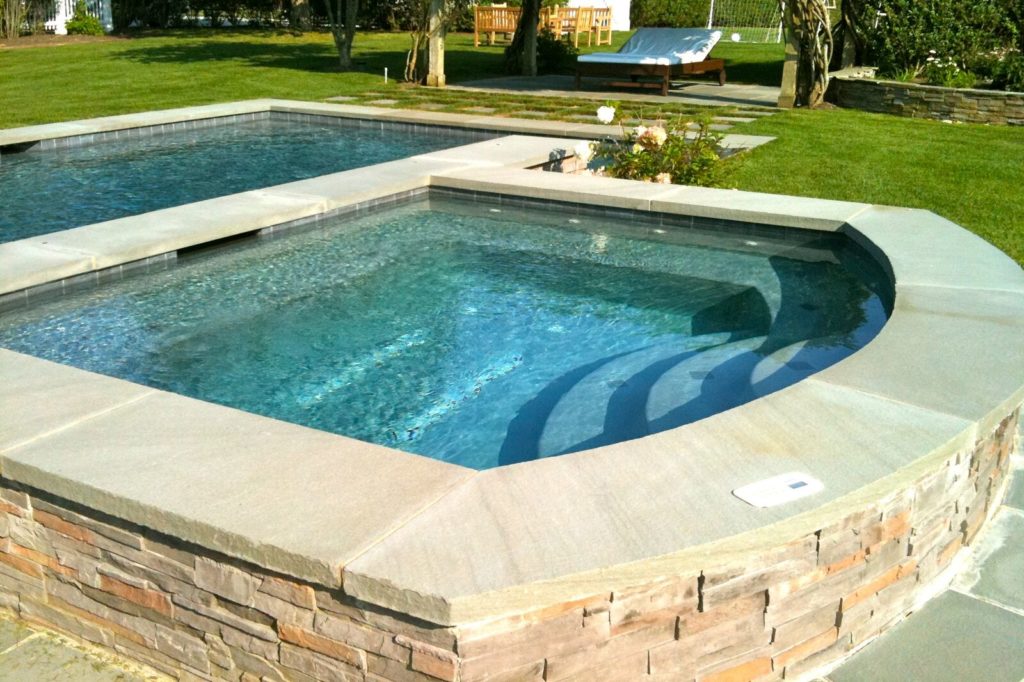One question that seems to puzzle almost all pool owners in Redding is about their pool circulation system. But again, this might also be one aspect which most people take it for granted. We are talking about your pool pump, and particularly about the right amount of time you have to keep it running. So, if you are also facing the same dilemma, this article is for you.
Read on to get your doubts clarified.
How Long Should I Leave the Pool Pump Running

Ideally, your pool pump should be running every day of the year and every hour of each day. But this could shoot your electric bills through the roof. On the other hand, if you are lax in operating the pool pump for the right duration, it could cost you more on pool care and consequent repairs.
So, how long should you run it? The answer to this question, although it looks simple enough, depends on various factors like circulation, water chemistry, and cost. For this reason, let us see how you can get maximum benefits with its features.
Purpose of Your Pool Pump
If your Redding pool doesn’t have a pool circulation system, the water will not move. Eventually, it will become a stagnant swamp and become a home to all kinds of microorganisms, algae, and gunk. However, with proper pool circulation and filtration systems, you can keep your pool healthy and clean.
After the pool pump pulls water in, it gets filtered in the pool filter and gets pushed back into the pool. The filter’s purpose is capturing debris and bacteria and it can be possible only when the water can pass through it. Hence, you need a pool pump.
The Right Pump for Your Pool
 The entire pool water has to move in and out of the filter at least once every day. This is known as the turnover rate. You can calculate the turnover rate from your pool’s volume. Divide your pool’s volume by eight, which gives you the number of gallons per hour (GPH) you need to pump.
The entire pool water has to move in and out of the filter at least once every day. This is known as the turnover rate. You can calculate the turnover rate from your pool’s volume. Divide your pool’s volume by eight, which gives you the number of gallons per hour (GPH) you need to pump.
To start with, look for a pump that has the same GPM (gallons per minute- GPH divided by 60) that your pool needs. The GPM of your pump could be a little more, but never choose one that offers lower GPM. There are many options to choose from- single, dual, or variable speed pumps. If you are still confused, contact your Redding pool experts to help you install the right pool circulation system.
When Should You Run Your Pool Pump?
 So, now you know that your pump should run for at least eight hours a day. But, the next question that comes to mind is: when to run it?
So, now you know that your pump should run for at least eight hours a day. But, the next question that comes to mind is: when to run it?
Firstly, note that it doesn’t have to run for eight hours straight. Meaning, even if you forget turning it on at the same time every day, you can relax and run it later, at your convenience. All in all, run your pool pump for eight hours in a 24 hour period. Or, talk to your pool builder and install a programmable pool pump on that runs at the right times.
The second thing to consider is to cut down on your electric bill. For this reason, try running your pool pump during non-peak hours. Peak hours are when more people use power at the same time and put more strain on the grid. These vary for different locations. For instance, people in warmer climates turn up the A/C in the late afternoons or early evenings. So, consider running your pump in non-peak hours and lower your costs.
Third, you have to run your pump after adding chemicals and pool shock. Usually, it will be during the night or dusk, when you are not very likely to use the pool. Also, if you shock your pool during the day, the sun will burn most the shock and reduce its effectiveness. This way, the pool chemicals can disperse throughout the water without any interruptions in the night. And you can run the pump for eight continuous hours.



